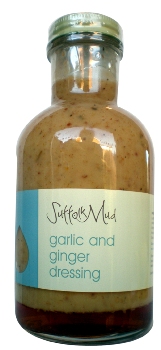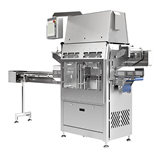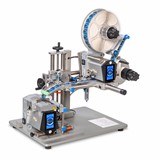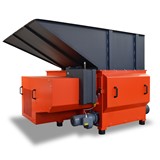Innova Market Insights (www.innovadatabase.com) has recorded consistently rising numbers of launches globally over the past five years or so, probably reflecting the increasing variety of meals and cuisines now being discovered by consumers.
"Increasing interest in foreign cuisines has been particularly significant for the cooking sauces category, which alone accounted for half of tracked global sauces launches in 2011, well ahead of bottled table sauces with over a quarter and mayonnaise and dressings with about a fifth," Lu Ann Williams, Research Manager at Innova Market Insights said.
Asia has the largest sauces market globally, reflecting very high per capita consumption levels in comparison with Europe and North America.
New product development is tending to be driven by the higher-value-added processed food markets in the West. Europe accounted for nearly half of the sauce product launches recorded by Innova Market Insights in 2011, reflecting the large number of countries and cultures involved. Asia had just under 20 per cent and North America about 14 per cent.
Western Europe was particularly strong, accounting for over 40 per cent of the total number of launches, led by the UK with about one-third of the European total and about 15 per cent of the global number.
Despite the strong convenience image of the sauces market, Williams notes that there has been ongoing interest in health in evidence.
Nearly 45 per cent of 2011 global launches recorded by Innova Market Insights feature health claims of some kind. This rises to over 50 per cent for salad sauces and dressings, compared with 45 per cent for cooking sauces and 38 per cent for table sauces.
The sector has also taken interest in clean-label products on board, with 2011 launches featuring "natural" recipes and "no additives/preservatives" one of the key areas for product positioning, used by nearly 30 per cent of total sector introductions.
The table and cooking sauces markets are both dominated by tomato-based products and are also seeing moves to spicier and more complex flavourings.
The table sauces market has started to see more in the way of limited edition products with more unusual flavours, or to feature premium ingredients, such as balsamic vinegar, or to use a particular type of tomato.
The range of barbecue sauces is also growing in many markets, with new variants typically introduced for the summer season, but all-year-round use also promoted. Increasing use of unusual ingredients has already been in evidence for 2012, including wasabi and tequila, following on from 2011 launches featuring flavourings such as raspberry vodka, bourbon whiskey and blackberries.
The move to spicier flavours has also been in evidence in the cooking sauces market.
A greater variety of pack formats, including single-serve products for smaller households, as well as sachets and pouches in place of the more traditional glass jars, has also been reported in this sector.
The salad sauces and dressings market is also seeing a greater variety of ingredients and flavours, although mayonnaise remains the most popular basis overall. Even the salad cream market, once rather in the doldrums, has been revived with the appearance of flavoured product alternatives.
There has also been rising interest in premium-style chilled dressings as an upmarket alternative to more traditional ambient lines, often by companies trying to extend their existing brands into new areas.








-160x160-state_article-rel-cat.png)

-160x160-state_article-rel-cat.png)











